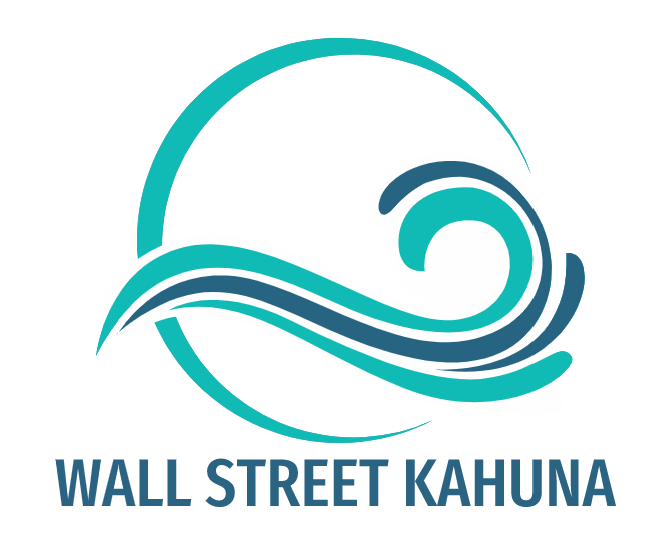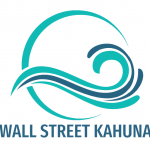If we weren’t already living in the digital age before the coronavirus, we definitely are now. Due to lockdowns and fear of catching COVID-19, people were forced to stay at home, which led to a surge in digital trends such as shopping at home, working from home, and learning from home.
As a result, there was a surge in demand for laptops, smartphones, tablets, TVs, and cloud computing. Semiconductors are essential for making all of this “smart technology” operate.
As a result, semiconductor stocks soared in 2021.
As the digital age continues to advance, so too does our reliance on semiconductors.
This increased demand should drive the semiconductor stocks listed below higher in 2022.
Kulicke and Soffa Industries, Inc. (KLIC)
KILC provides equipment used in the manufacture of semiconductors. It focuses on packaging equipment that connects semiconductors to their protective casings. At the end of the semiconductor manufacturing process, the semiconductor material is put into a protective case. Connections are made so the product can interface with a circuit board. KLIC sells wire bonders and advanced packaging equipment that facilitate these connections.
These types of back-end services are soaring, which has helped KILC’s revenue skyrocket. New kinds of applications like 5G chipsets require more complicated and advanced packaging needs, which further demand KLICs products. The company is also expanding into other areas. For instance, it is acquiring Uniqarta, a company with next-gen technology in advanced LED displays.
The stock has an overall grade of B, which translates into a Buy in our POWR Ratings service. The company also has a Growth Grade of B. This isn’t surprising as KLICs earnings are up 723% over the past year. Sales are up 173% over the same time period.
The stock also has a Quality Grade of B, which means it has a solid balance sheet. The company had cash of $654 million at the beginning of the year, with no debt.
Amkor Technology, Inc. (AMKR)
Similar to KLIC, AMKR also provides semiconductor packaging. It packages and tests integrated circuits for semiconductor manufacturers, fabless chip companies, and contract foundries. The company is organized into two segments. The first is advanced products, including flip-chip, wafer-level processing, and testing services. The second is mainstream products such as wire-bond packaging and testing.
The company is seeing growth due to a number of factors. The first is the growing demand for mobile devices. AMKR has been increasing its share in the mobile communications market. Management is high on wafer-level packages, which are used in android phones. The company is also expanding its customer base, focusing on China. China’s market is considered a long-term growth driver for the company.
The auto market is also expected to help drive revenues.
Vishay Intertechnology, Inc. (VSH)
A lesser-known chip company is VSH. VSH provides discrete semiconductors and passive components to original equipment manufacturers and distributors. These products are found in industrial, computing, automotive, consumer, telecommunications, power supplies, military, aerospace, and medical markets. They are used to switch, amplify, or transmit electrical signals.
The company is currently benefiting from strong demand in the automotive and industrial end-markets. As cars are equipped with more and more electronic content, VSH should see further gains. In addition, the rising adoption of driver-assistance systems will also aid growth. On the industrial side, the company is seeing demand for IoT censoring, infrastructure programs, and alternative energy.
Another way for companies to increase revenue is to raise prices, which is something VSH has been gradually doing. VSH has an overall grade of B or a Buy Rating in our POWR Ratings system. It has a B for Value and an A for Growth.
This is one reason that VSH is appealing as typically there is a tradeoff between growth and value stocks. However, VSH has a P/E that is about half of the market average at 10.8, while having a long-term, earnings growth rate of 15% that is above the market average.
Texas Instruments Inc. (TXN)
While many people remember TXN from its well-known calculators, 95% of its revenue is actually generated from semiconductors. The company is the world’s largest maker of analog chips used to process real-world signals such as sound and power. It also has a leading market share in digital signal processors used in wireless communications and microcontrollers used in various electronics applications.
TXN has a bright future ahead of it due to its focus on the Internet of Things (IoT) and 5G customer deployments. The recent emergence of 5G is aiding performance in TXN analog products. The opportunity in IoT is huge for semiconductor companies, as it connects every imaginable electronic device.
TXN also sees success in the automotive market. The company provides solutions for infotainment, safety, powertrain, and body electronics such as lighting. The company is rated a Buy in our POWR Ratings system. It has a Momentum Grade of B as well. This is due to its mid and long-term performance. TXN also has a Quality Grade of A, meaning its balance sheet is rock solid, highlighted by a current ratio of 4.3, indicating it has more than enough cash to handle short-term obligations.
There is a lot to like about TXN, and analysts agree as the company has a Sentiment Grade of B. The company is ranked #12 in the Semiconductor & Wireless Chip industry.
Intel Corp. (INTC)
The final stock on this list might be a surprise to some. Over the summer, INTC was all but left for dead after it reported a delay in its new chips. But things are changing, and INTC is making a comeback. The company is one of the world’s largest chipmakers. It designs and manufactures microprocessors for the global personal computer and data center markets.
The company was previously known for its PC-centric business but is now shifting to data-centric businesses such as artificial intelligence and autonomous driving. In fact, its data-centric businesses accounted for almost half of its total revenue last year. To increase its market share in this business segment, the company has made investments in the Internet of Things (IoT) and memory and storage. As more information is stored in the cloud, there is a demand for more efficient chips in both cost and energy.
Still, the increase in computer sales has also helped the company in the meantime. INTC has an overall grade of B or a Buy Rating in our POWR Ratings system. It has a Value Grade of A, which would have been unheard of a few years ago, but that shows how much of an underdog it is now. Its trailing P/E is currently 12.51, a great valuation for investors looking to pick it up on the cheap.
Even with a low P/E, it also has a Momentum Grade of B as the stock has shown bullishness this month. INTC also has a Quality Grade of A with $23.9 billion in cash at the end of the last reported quarter. The company is ranked #10 in the Semiconductor & Wireless Chip industry.







